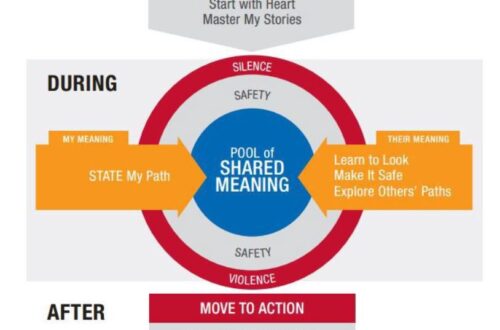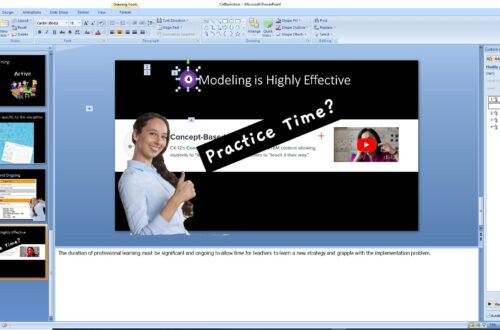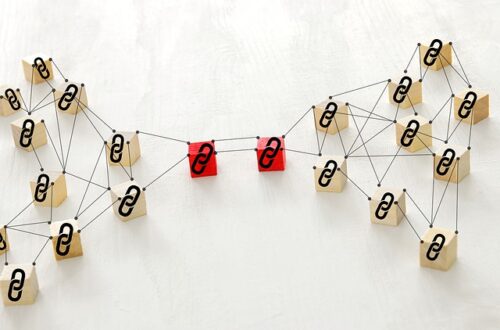
Influencer Strategy
To initiate change in any organization, a person must be adept at understanding the six sources of influence in a practical way. In this article, I walk through the use of each step by describing how to implement the six sources of influence in a blended learning environment using station rotation. This process requires a significant amount of time in thought and analyzing the root problem. All too often, our solutions are only superficial surface fixes. To be effective however, what we are looking for are the few vital behaviors that can fix the issue. To be able to determine what the vital behavior is we must look at the problem and break the issue into its base components.

The first phase is focused on identifying the problem, setting a goal, and making a plan.
Step 1: The problem from the student’s perspective
- I do not understand and no one helps me
- The teacher does not teach to me
- The teachers do not care about me
- I am not smart/This is to hard
- This will not matter in life
- They go to fast
- So much busy work
- Bored
Step 2: Goals are set. What do you want to achieve? What are the resources you will use to achieve the goals?
Goal: Lifting 100 students who consistently disengage in class from their educational slump by instilling the confidence and desire to prove to themselves they can master the material with accuracy.
Resources to achieve this goal:
- Station rotation with blended learning
- Proficiency-Based Progression (PBGRs) where students set their own pace
- Technology
- Reliable internet access (wifi fixed in my room)
- Test bank for student to display their knowledge
- High level test bank question for students to push themselves
- Classroom management: strict adherence to class rules and norms.
- Learner Profiles (Personal Learning Plans)
Step 3: Map the process. Verify with the stakeholders that you are on the right track.
stakeholders: parents, teachers, community, and administration
The second phase is focused on the metric of the project and the tools used in the measure. How can you improve? How can you quantify this?
Step 1: Measure your problem in numbers or with supporting data.
- Pass/fail rates
- Grades throughout year
- Standardized testing
- Survey students on their understanding of topic
- Journaling of learn content
- Personalized Learning Plan (PLP)
Step 2: Define performance yardstick. Fix the limits for “y.”
- Knowledge Check Points – computer simulation that I will have to create to verify concepts has been learned.
- Benchmark testing
- Meeting objectives on the (PLP)
Step 3. Evaluate the measurement system to be used. Can it help you achieve your outcome?
- Knowledge checkpoints to ensure students are on the right track and teachers have the time to correct learning gaps before the final exam for the unit.
- Using benchmark testing we can compare the students with students outside of the program
- We can ensure that everyone is taking the same assessment and reaching the 70%
- Using the (PLP), verify that all learning objectives have been met prior to taking the final unit test.
The third phase analyzes the process to discover the influencing variables.
Step 1: Determine if your process is efficient and effective. Does the process help achieve what you need?
Write out your steps and analyze each step within the framework of does this step directly line up to the goal I want to achieve.
Step 2: Look for what might be causing the problems.
- Lack of understanding – by filling learning gaps
- Emotional issues – seek help outside of the classroom, teachers actually care about the students.
- Learned helplessness – increase predictability, work breaks available on request, PLP, foster work independence, feed-forward feedback, and growth mindset praise
Step 3: Quantify your goals in numbers.
Increase retention of material to 70% for all students regardless of special population classification.
Who is involved in your efforts?
- Teacher’s – To guide and coach students to learn
- Students – To become self-learners
- Administration – Support teachers in their efforts in the classroom
- Parents – Support students in their efforts to grow as learners
Vital Behaviors: to accomplish the lead goal we must strive to maintain these two vital behaviors:
- Students set goals and understand when those goals have been met
- Students state what new concepts they learned today
Lead Measures
Students will earn 70 stars by May 12th by engaging each learning station
- Set and reach goals using the personalized learning plan (PLP)
- Students will master the concept checks through daily practice
- Students share what new concepts they learned each day
- Students create a reflection learning post each week
- Students will assist others to maintain focus on the tasks at each station
- Demonstrate their learning through a project (before each grading period ends)
Students will correctly answer 100% of the questions on the knowledge check.
- Self-analyzing and reflection in regard to what they have learned and need to work on
- Write what they have learned by using e-portfolios (weekly post)
- Use knowledge checks as a guide for content mastery, missed questions should be researched.
Lag Measure
Students will correctly answer 70% of the questions on the unit test to move their icon to the next unit.
For Instructors: the Two Vital Behaviors to Implement
For every one negative comment regarding student work, make 5 positive comments to different students regarding work.
Hold the students directly accountable to their PLP plan daily.
- Direct question
- Assessment for tracking
- Give feedback on work
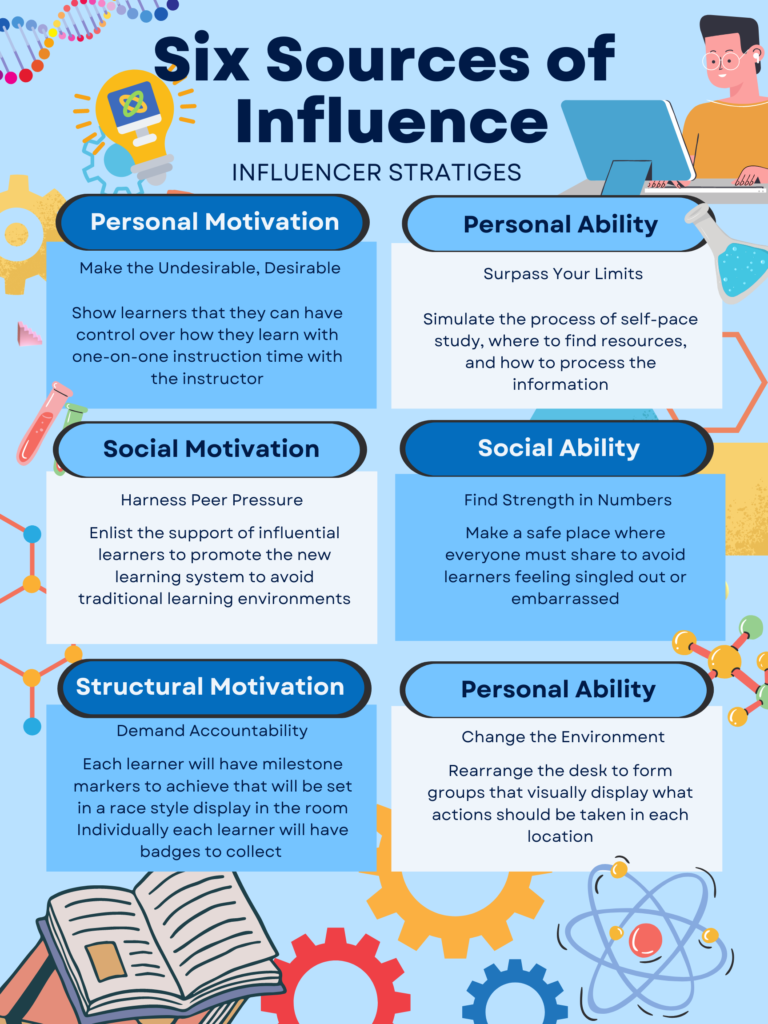
PERSONAL MOTIVATION
When surveyed, my students expressed a lack of personal instruction, uncaring teachers, and wanting a different pace as their reasons for why they hated school. According to Cross (2013), to make any campaign successful we need to tie the activity into personal values with modeling.
According to research from the Josephson Institute (2013) the values that most students value are the following: Being treated with respect – 99%, Having good moral character – 98%, Treating others with respect – 98%, Helping others – 98%, Having trusting personal relationships – 98%, and Getting into college – 97%. Using this data, my goal to motivate the students is to run a campaign that inspires them to meet the following values: Maturity, Inspiration, and Reliability. The goal is to tie value to how they will learn in the blended learning environment and relate that value to skills students use outside of education on a personal level.

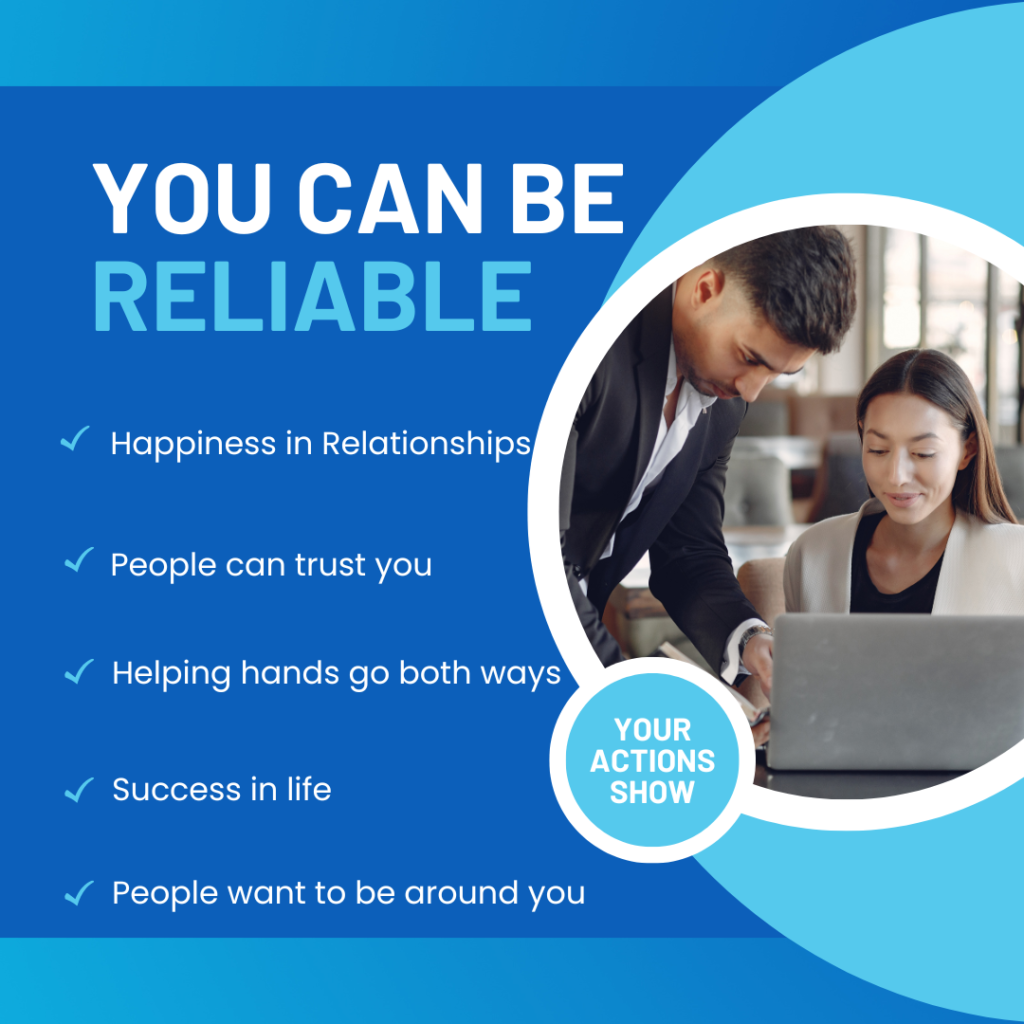

Illustration of the values students hold.
PERSONAL ABILITY
I have found that when the students do not understand the subject matter and I prompt them to look up the information, they do not possess the skills to look for what they want to learn and find resources online. They are masterful at Googling an answer but incapable of analyzing what they are learning or demonstrating steps to solve a problem. Therefore, most students do not have the skills to use the internet as a research source. I will demonstrate how to perform this function, how to verify sources, and how to gather information and formulate the information without plagiarism. I will model writing a PLP and give them the opportunity to attempt their own with instant feedback on their success.
SOCIAL MOTIVATION
Having the ability to command the attention of learners is a skill acquired over time. The skill requires an educator to pinpoint who influences the group and then to ensure that person helps wrangle the other learners towards a goal. I have heard many teachers say, “One student ruins the whole classroom.” However, the opposite is also true. To ensure that my implementation of blended learning is successful, I have determined who the influential learners are in each classroom and have worked with them to ensure they understand what procedures will be needed. These students know why the classroom will be changed, how blended learning works, and the value of this type of learning. To ensure understanding, I allowed them to come up with the benefits of learning in a self-paced environment with guidance to see all the benefits. With these influencers so-equipped, keeping the rest of the class on track will be much smoother.
SOCIAL ABILITY
In order to meet the learners’ request of having one-on-one time with the instructor in the new learning environment, I have set aside a third of the class time to have a group meeting for 15 minutes. During this time, all learners are required to share or ask questions regarding a concept learned and to voice complaints regarding any situation in the learning environment. The purpose of this meeting is to ensure that everyone has a voice and an opportunity to share ideas and concerns. This also sets the precedent that everyone must share in hopes of avoiding anyone from being singled out and embarrassed.
STRUCTURAL MOTIVATION
Each learner will have a learning goal that is placed on their PLP. Each day they work towards achieving this goal by working through the various stations and taking the knowledge check each day. When the learners have mastered the content on their PLP, shared in the teacher center, maintained focus at the stations, and created a learning post, the learners will receive one badge for each task with rewards at various collection levels.
In the classroom along the walls, a milestone marker will be set in place that reflects a series of PLP concepts akin to a unit in a traditional classroom. Once the students have mastered the unit exam by making a 70% or higher the students icon will be moved to the next milestone. The icon will be a personal design of the student that displays their name and class. This visual representation of their achievement in learning is put in place for motivational purposes and to allow each learner to visually see where the average of the class is located to help with packing.
STRUCTURAL ABILITY
The environment is limited to the space in the classroom, but will be changed into a station set up with three stations in the room. The purpose is for each student to understand what is expected of them throughout the course. To assist with this and to serve as a reminder, a picture will be displayed in each station with the vital behaviors listed and the actions required to reach those behaviors.
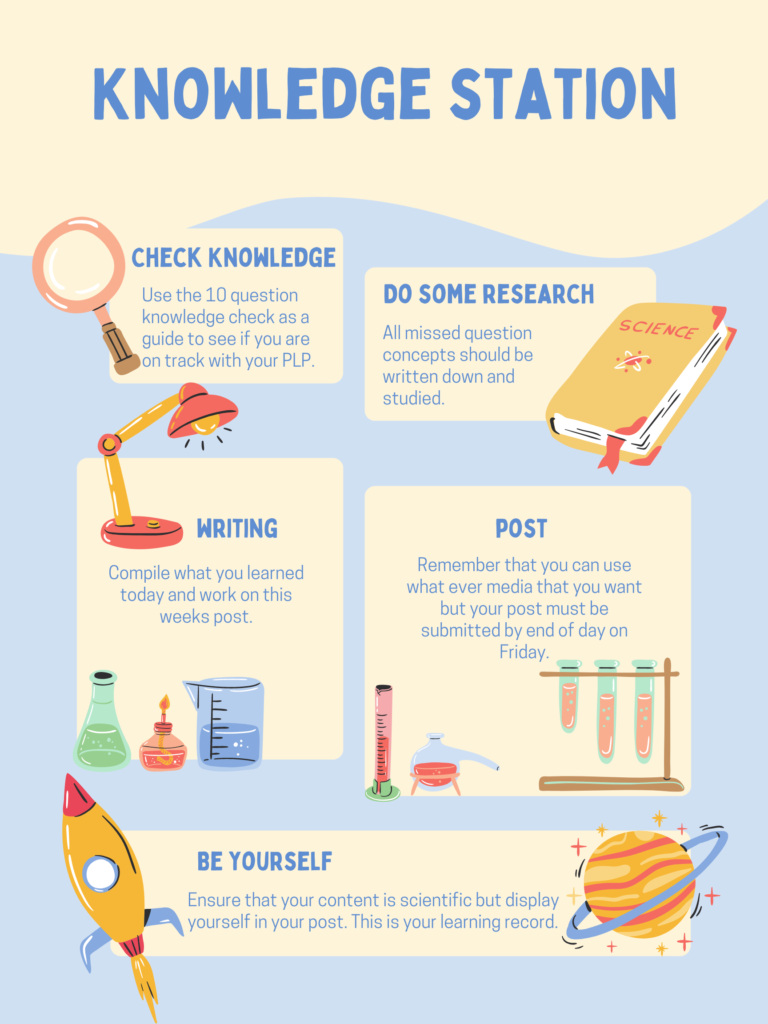
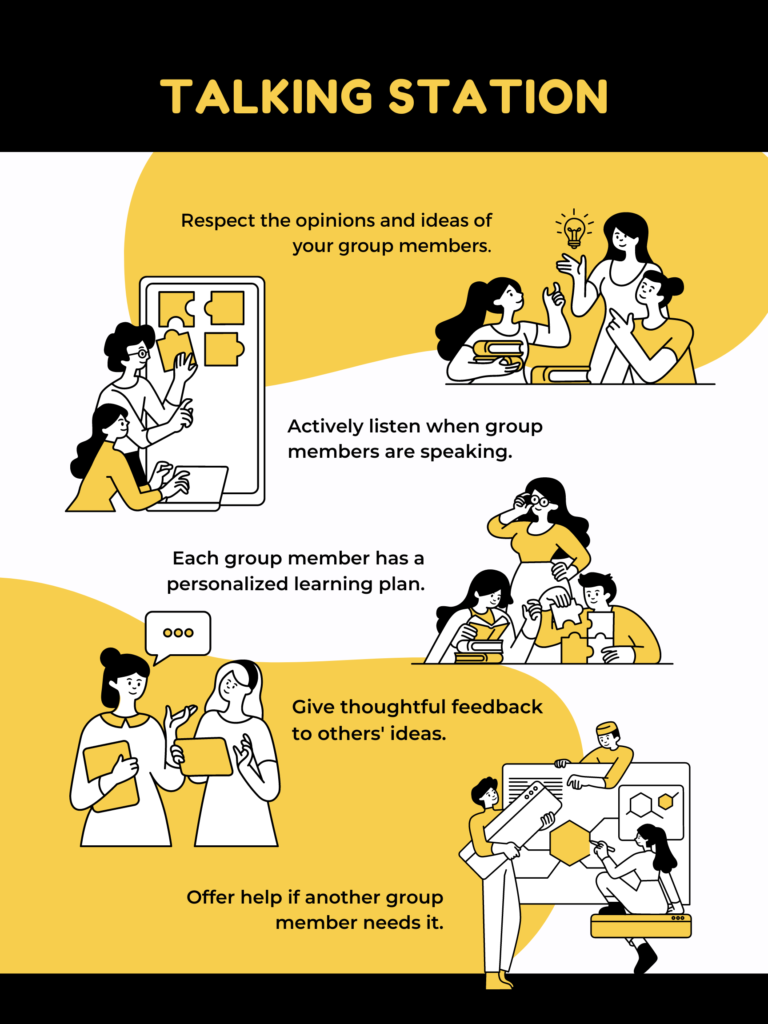
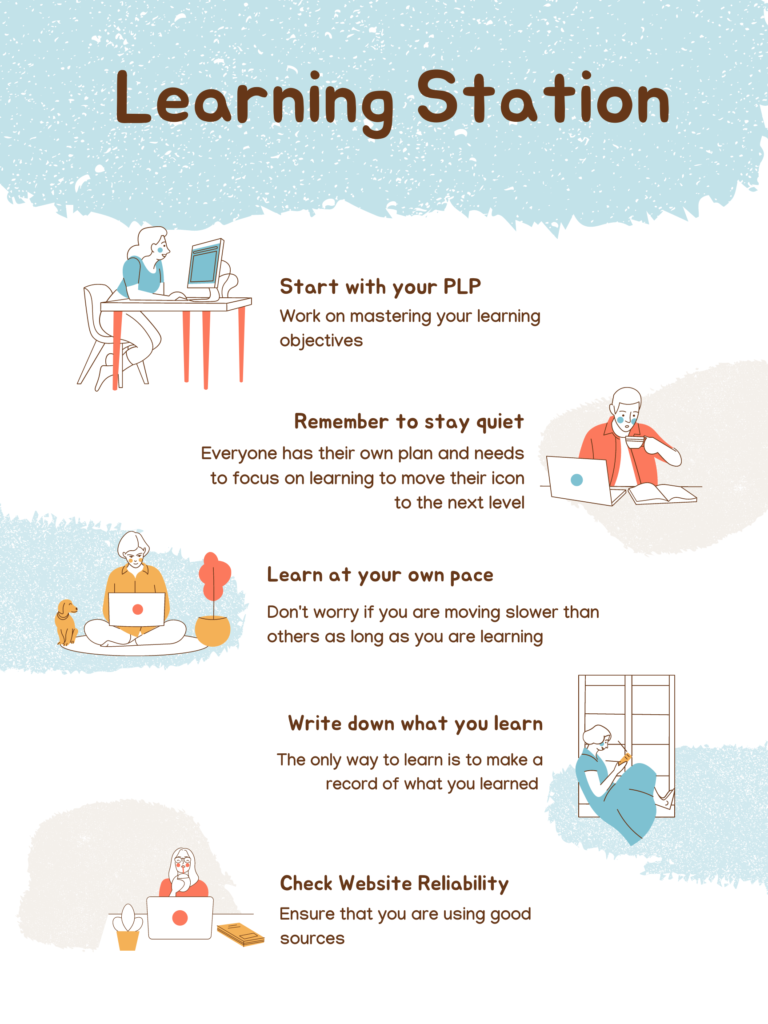
Visual images to be posted at each station
Implementation Plan
References:
Three Myths of Behavior Change – What You Think You Know That You Don’t. (2013). YouTube. Retrieved November 13, 2022, from https://youtu.be/l5d8GW6GdR0.
Josephson, M. (2013). What Do Teens Really Value? A Josephson Institute survey of more than 20,000 high school students reveals surprising information about their values. What Will Matter. Retrieved November 13, 2022, from https://whatwillmatter.com/2013/11/what-do-teens-really-value-a-josephson-institute-survey-of-more-than-20000-high-school-students-reveals-surprising-information-about-their-values/




